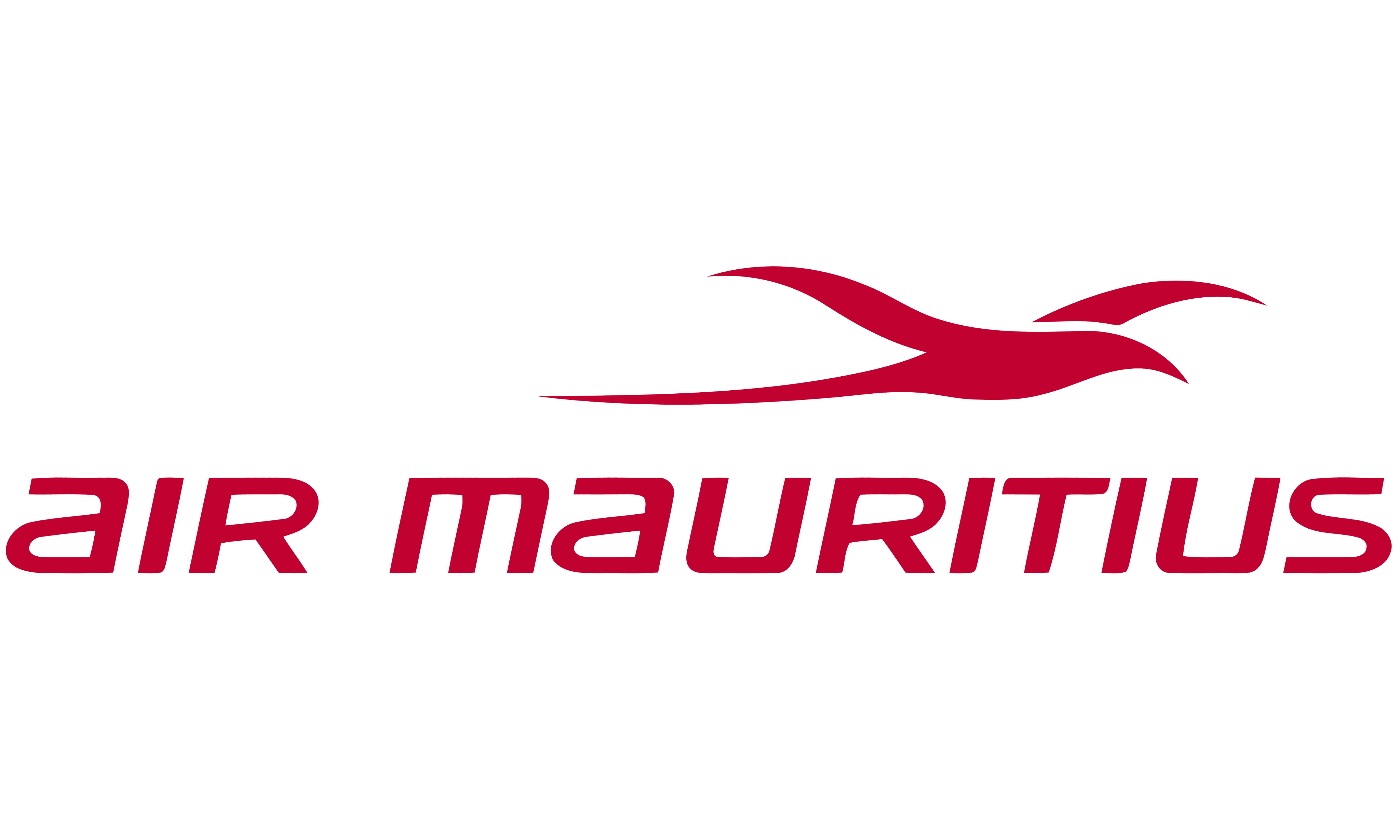First and foremost, we are aviation specialists through and through. We only work in the aviation and airline industry with over 75 years of combined industry experience. We are a trusted supplier to many businesses of varying sizes and are passionate about building long-term client and candidate relationships.
Aviation is a global market and as a result Zenon have specialist consultants who understand any market and have experience to source and supply skilled aviation personnel worldwide.






















